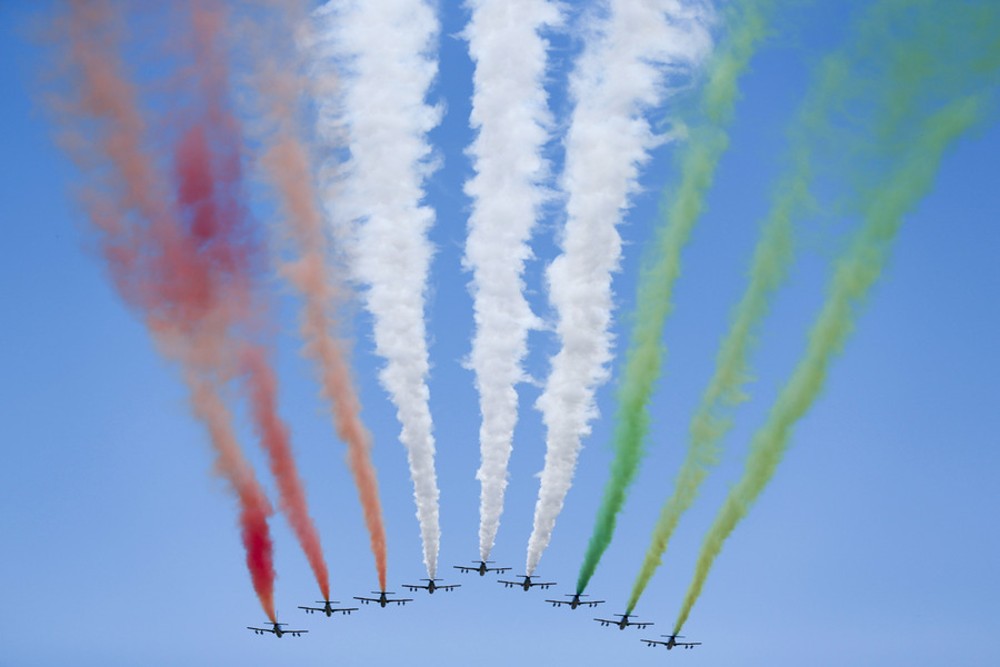Formula 1 News: 2025 Italian GP at Monza Preview
Round 16 of the 2025 FIA Formula 1 World Championship brings the team to the Autodromo Nazionale Monza, for the Italian Grand Prix.
Monza, located within a royal park to the north of Milan, is the oldest purpose-built motor-racing venue on the calendar, having first been used for competition in 1922. The venue was part of Formula 1’s inaugural championship season, in 1950, and has only dropped from the calendar once, in 1980, when it was temporarily closed for renovation works – and Imola picked up the baton for the Italian Grand Prix. Consequently, Monza is the most-used circuit in Formula 1 history, with this year’s event its 75th overall, and 44th in succession. It can also look to the future, after a deal was struck to keep Monza on the calendar through 2031, with organizers in the process of renovating the facility while retaining the charms that symbolize its unmatched history.
Monza has long been nicknamed the Temple of Speed and its characteristics have been largely retained across the decades, with lengthy blasts through the leafy forests broken up by a handful of chicanes and medium-speed corners. Strong braking stability into those chicanes, and traction out of them, is consequently vital for a quick lap, while drivers also have to contend with slippery cars through the faster turns due to the skinny wings that are used to obtain the necessary high top-end speed. Lewis Hamilton’s pole position lap in 2020 was the fastest lap in Formula 1 history, set at an average speed of 264.363km/h, while those speeds mean the grand prix is typically the shortest of the season, with last year’s race lasting just 1hr 14 minutes.
The Autodromo Nazionale Monza is the oldest permanent race facility in mainland Europe, having opened its doors in 1922, and its tarmac has been graced by the greats throughout the history of Formula 1. Monza, located to the north of Milan, has hosted more grands prix – 74 – than any other venue on the Formula 1 calendar, having been absent only once, in 1980. Monza’s history, its location within the protected woodland royal park, and the presence of the fanatical Tifosi creates a near-mystical aura as Formula 1 prepares to close the chapter on its European campaign.
Throughout its history Monza has been dubbed the Temple of Speed and the basic layout – minus the fearsome banked oval – has remained largely unchanged throughout its 102-year existence. Teams run low downforce packages, with skinny wings, in order to maximize straight-line speed around Monza’s 5.8km layout.
The fastest ever lap in Formula 1 was set at Monza, in 2020, when Lewis Hamilton recorded an average lap speed of 264.363km/h on his way to pole position. However, while top speed is highly desirable, drivers also require confidence to tackle the crucial complexes, such as the Ascari chicane, Parabolica and Lesmo curves. A strong car under braking for the Rettifilo and Roggia chicanes, and traction out of those slow-speed complexes, is also critical in delivering the optimum lap time.
The high-speed venue, located in the verdant parklands north of Milan, is this year celebrating its centenary. Monza was part of the inaugural World Championship season in 1950 and has only once been omitted from the calendar, when it underwent renovation works in 1980. The circuit has evolved across its 100-year existence, but the relics of the past remain, such as the iconic banking, which weaves its way through the forest as a nod to Monza’s history.
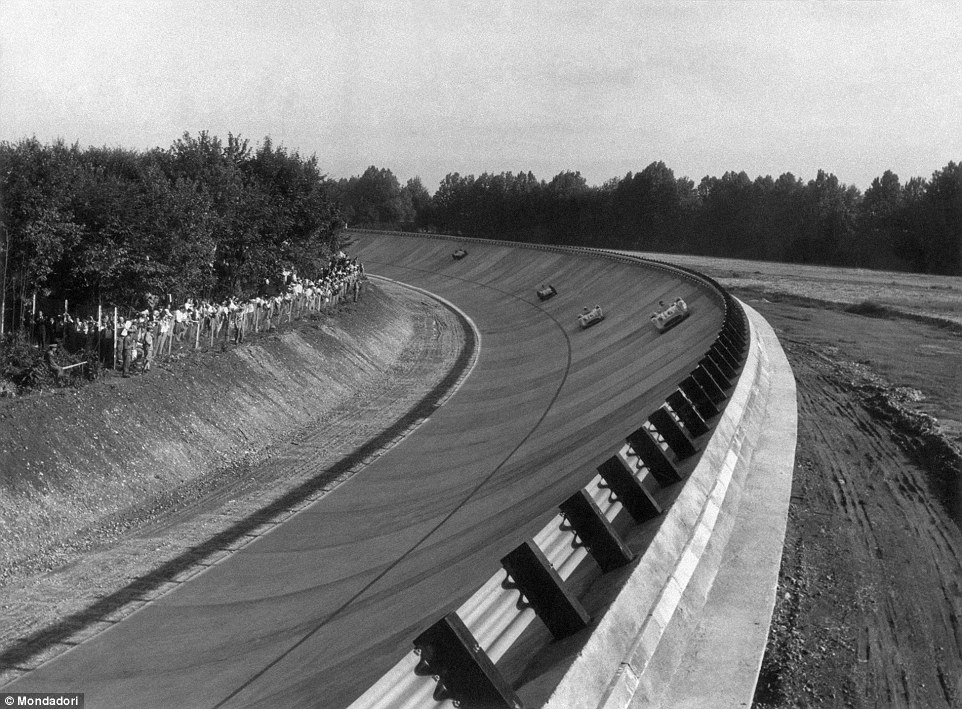

There is something unique about Monza. It’s not the octane-laden atmosphere, no matter how fantastic, or the sight of tens of thousands of fans creating a flowing sea of color (admittedly, mostly red) on grandstands and grass alike; it’s not the track, no matter how many thrilling, joyous or tragic pages of the history of our sport have been written on its kilometers of tarmac; it’s not the slightly melancholic feeling of the final European race of the season, of leaving behind your hospitality – home away from home – until the cold mornings of pre-season testing in Barcelona.
No, there’s something unique about Monza, and that’s the nature of this circuit itself. It’s what this track embodies – in the history of motorsport, in the collective imagination of everyone connected with racing, in the very center of the Italian psyche. Monza is racing: it is racing at its purest, it is human and machine versus the laws of physics. It is banking so steep it’s dizzying; corners that have no numbers but names; crumbling tarmac on forgotten parts of the track where you can hear echoes of Farina, Fangio, Rindt, Clark, Senna and Schumacher, heroes through the eras.
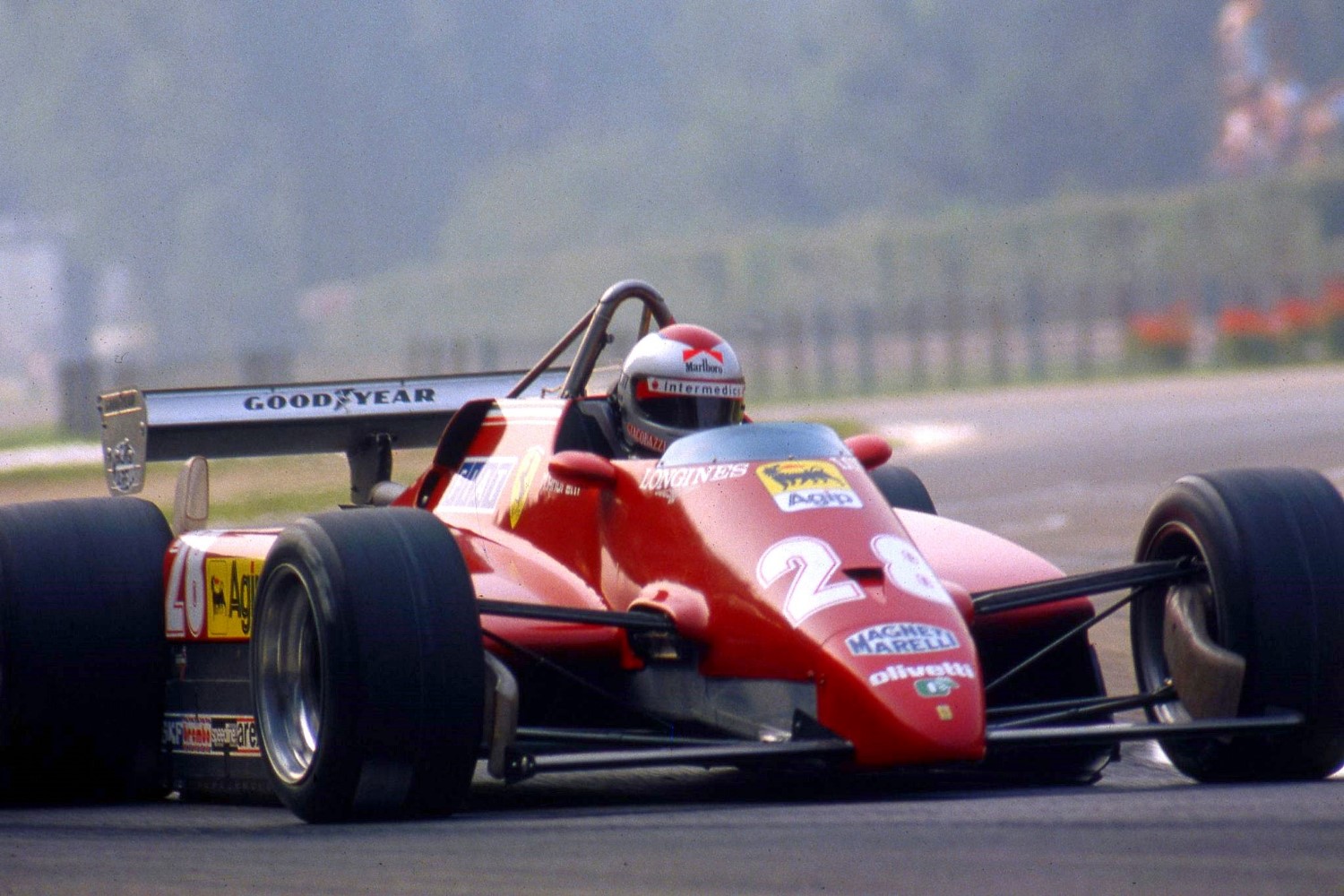
Monza has been synonymous with racing since September 1922 – 100 years ago. This wedding of two concepts, now indissoluble, has been threatened, left for dead, considered a relic of the past – only to return with more passion, more determination, more of a central role in our imagination. It’s been here for 100 years, and we hope it’ll be here for 100 more.
Weather Forecast
|
Day
|
Event
|
Weather
|
Temperature
|
Chance of Rain
|
Conditions
|
|---|---|---|---|---|---|
|
Friday
|
Practice Sessions
|
Clear, sunny skies
|
27°C
|
0%
|
Light winds, ideal for data collection
|
|
Saturday
|
Qualifying Session
|
Sunny
|
27°C
|
0%
|
Consistent track grip, straightforward strategy
|
|
Sunday
|
53-Lap Grand Prix
|
Dry, sunny
|
27°C
|
0%
|
Race decided by pace, no weather disruptions
|
This forecast ensures optimal racing conditions, with no rain expected to impact the weekend’s events at Monza.
Record Crowd expected
Monza is preparing for a record crowd at this year’s Italian GP.
Formula 1’s popularity is surging this year, which looks set to translate into a huge crowd at Monza as the Tifosi support the Ferrari team of Charles Leclerc and Lewis Hamilton.
“We are still expanding the temporary stands so as not to leave anyone out,” said Angelo Sticchi Damiani, president of the Italian automobile club Aci.

“The numbers for the Monza GP are already exceptional,” Sticchi Damiani told Rai radio.
“We are heading towards 320,000+ spectators over the weekend – numbers we’ve never seen.”
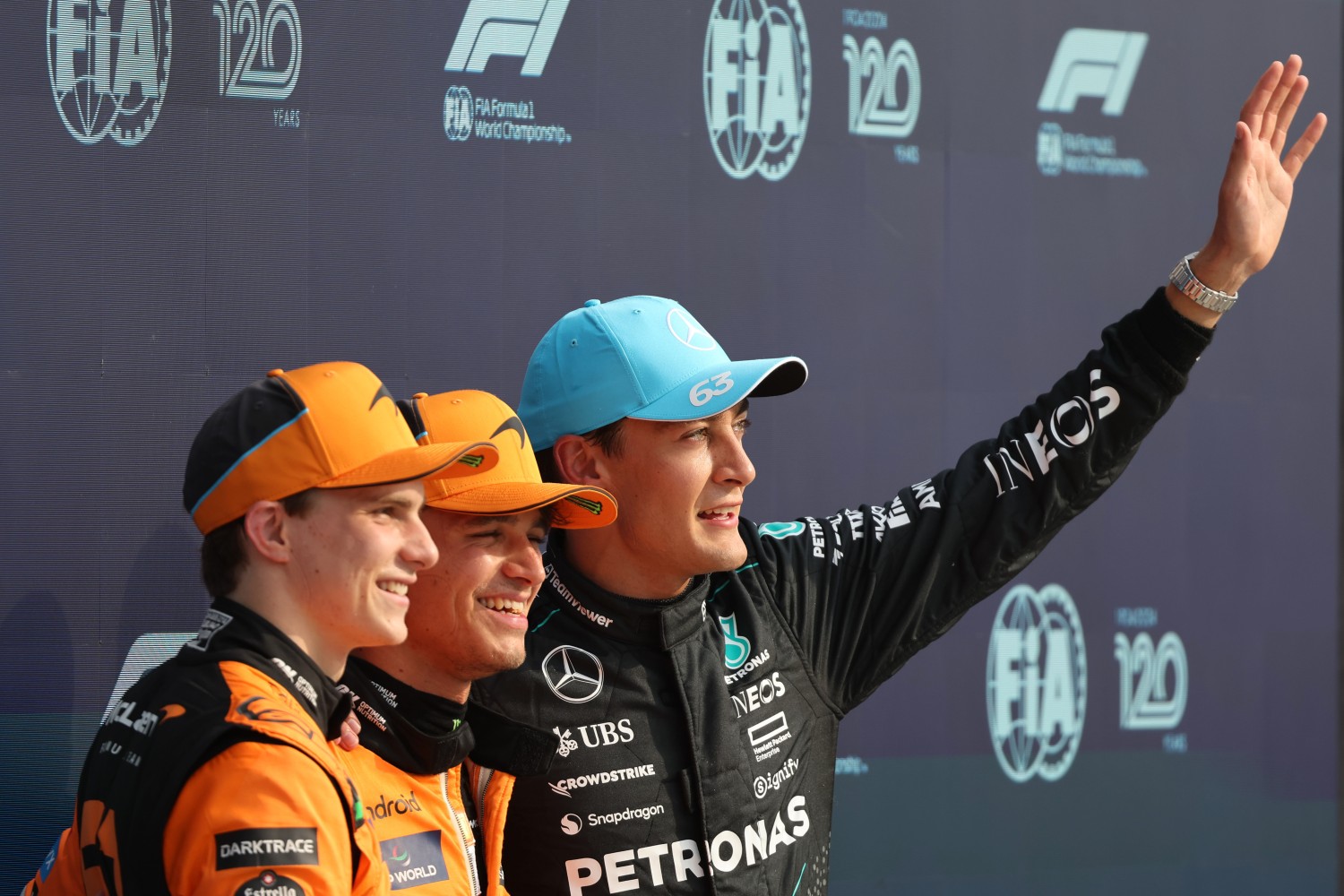
Circuit Insight
Overtaking: Although the Autodromo Nazionale Monza has many long straights, overtaking difficulty hovers around the season average. The best opportunities are into the opening chicane, although Turns Three and Four, and down the shorter DRS zone into Turn Eight.
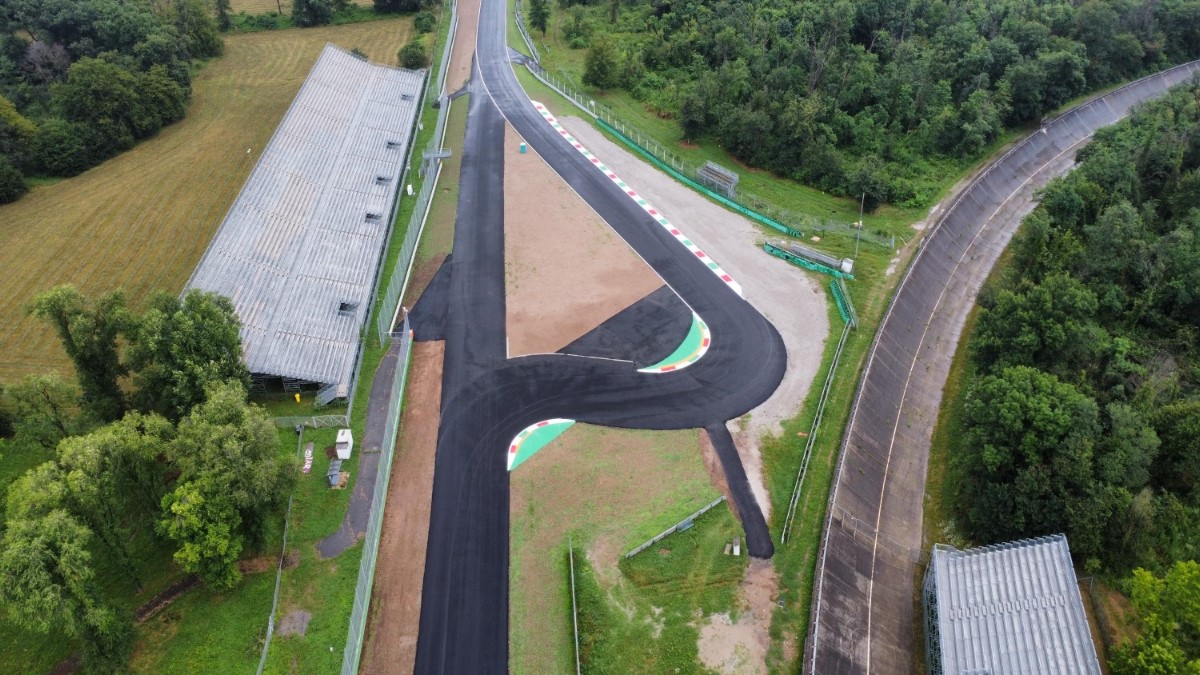
Race disruptions: Stoppages are likely to occur and provide a prime opportunity to pit: In the last five dry Grands Prix at Monza, there has been an average of one Safety Car and one Virtual Safety Car per race. Last year, both were deployed during the Grand Prix.
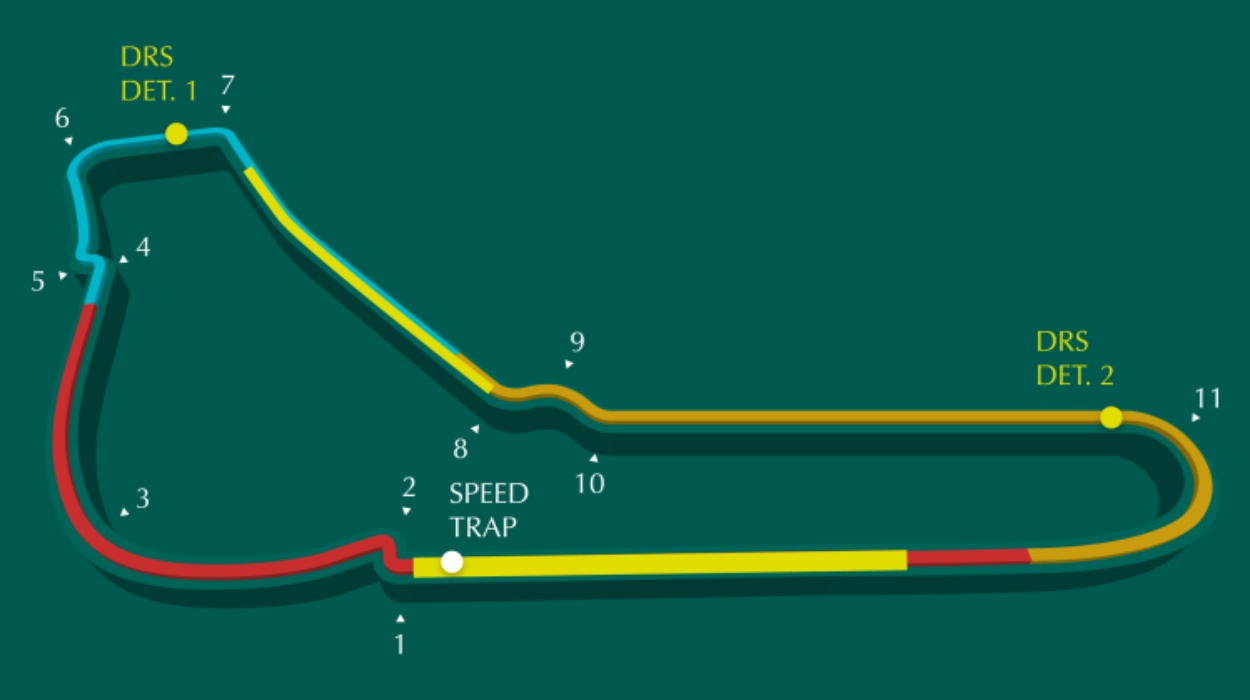
A lap opens with a long run down to the first corners – a very tight right-left chicane that is one of the slowest sections on the whole calendar.
With low-downforce packages on the cars, it can be easy to misjudge the braking point. The exit is also key, with a long flat-out blast through the Curve Grande following.
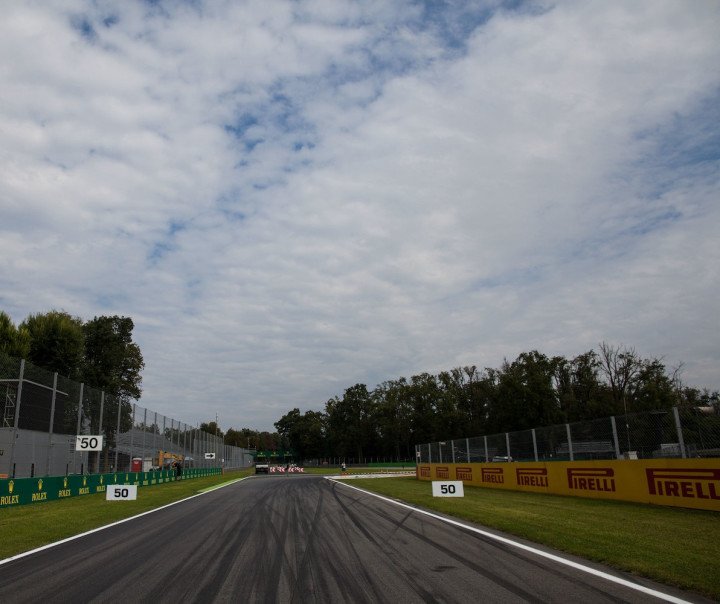
The Variante Ascari is the third, and perhaps the most challenging, of the track’s chicanes. Deceptively quick, carrying too much speed or hitting the curbs can really upset the stability of the car, sending it into a spin.
Again, the exit is crucial here, with another long straight following this corner.
Parabolica – now renamed Curva Alboreto after the late Italian racer – concludes the lap. It is a long right-hander that opens up on exit.
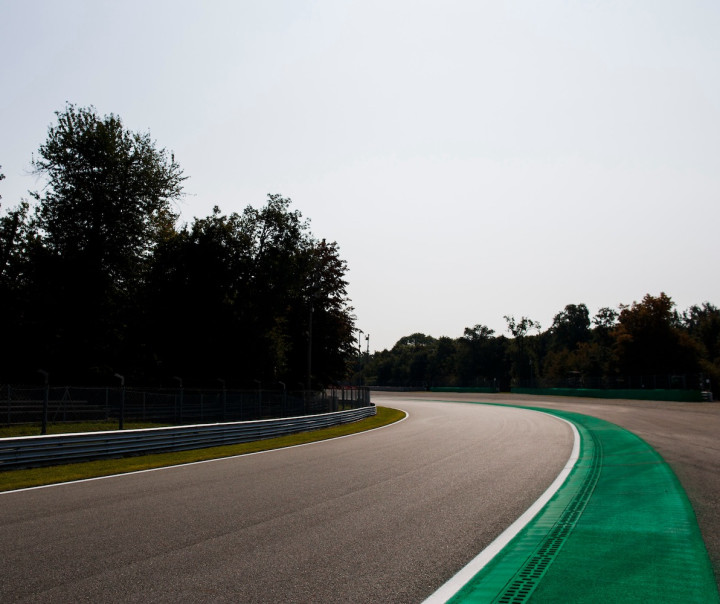
The apex can be difficult to perfect, particularly while following another car, and it is also easy to exceed track limits. It’s a key corner.
Monza is nicknamed ‘Temple of Speed’ and for good reason, as 76% of the lap time and 83% of the lap distance are taken at full throttle – the highest of any F1
Due to the long straights and large portion of lap spent in eighth gear, Monza is one of the lowest tracks for gear changes per lap, with only
The Italian GP is the lowest downforce level of the year and requires a special rear wing, just for this There is still enough downforce to – in theory – drive a car upside down, though.
Monza has the highest average corner speed of any F1 track, with the fast Curva Grande (Turn 3) and Parabolica (Turn 11) counterbalancing the various slow chicanes that split up the long
The tow is massively powerful in Monza and is particularly important in qualifying, leading to battles on track to find a tow – you don’t want to be at the front of the pack, punching a hole in the air for everyone It can bring as much as 0.25 seconds of lap time per lap.
Fact File: Italian Grand Prix
- Monza is nicknamed the ‘Temple of Speed’ and for good reason. Recorded top speeds through the speed traps during the Grand Prix typically top 350 km/h.
- Due to the long straights and large portion of lap spent in eighth gear, the Monza lap is one of the lowest for gear changes on the calendar, with just 38.
- The high-speed nature of Monza means the Italian Grand Prix is often one of the shortest races of the year. If run uninterrupted, it usually takes around one hour and 15 minutes from lights out to the checkered flag.
- The circuit contains just 11 corners, four to the left and seven to the right. That is the second fewest of the year, behind only Austria which has 10.
- Extensive work has taken place at Monza ahead of this year’s race, with significant upgrades to circuit infrastructure.
- The entire circuit was also resurfaced last year and new curbs installed which may give drivers a chance to carry a little more speed into certain corners.
- The 476m run from pole position to the first braking point at Monza is the fourth longest on the F1 calendar. Only Mexico, Great Britain, and Spain are longer.
- Monza has the highest percentage time (76%) and distance (84%) per lap spent at full throttle of any circuit on the F1 2024 calendar.
- Mechanical grip is crucial due to the amount of these acceleration zones out of low-speed corners. The track has one of the highest traction demands of the season.
- The high-speed nature means the Italian Grand Prix is often one of the shortest races of the year. If run uninterrupted, it usually takes around one hour and 15 minutes from lights out to the checkered flag.
- Several corners, such as Ascari, are dominated by how well your car can ride the curbs on entry. If the car is stable, drivers can attack much more easily but a lot of time can be lost if they are unable to do so.
- On exit, the curbs tend to offer poor traction and a bumpy ride, so drivers sometimes avoid the exit curbs altogether to get the best run out of the turn.
How do you prepare a car for the unique demands of Monza?
Monza is a special circuit in that it requires a low-drag set-up. This is most evident on the rear wings of the cars where a cursory glance reveals shorter main planes and therefore smaller aerodynamic surfaces, which reduce the amount of drag – but also the amount of downforce – produced by the wings.
There is a trade-off between straight-line speed and cornering speed – a dilemma which presents itself at every circuit – and at Monza, straight-line speed is prioritized, with drivers spending more than 70 percent of the lap at full throttle. If rain is expected, set-up might be tweaked to add a bit more downforce and drag, and give the drivers an advantage in slippery conditions.
Given the amount of time spent at full throttle, it’s also imperative to ensure that the engine and related components are in top condition in a bid to maximize power and reliability.
Unlocking the lap
The long run to the Rettifilo chicane gives drivers plenty of time to nail their braking point at the hardest braking zone on the circuit – made even more tricky with a low-downforce set-up. A perfect exit out of Turn Two is key to gaining an advantage through Curva Grande and onto the short straight that follows.
Then comes the high-speed Della Roggia Chicane, where it’s tempting to take plenty of kerb. However, the run-off area and its gravel comes quickly and can trigger a spin, so it’s important not to use too much of the exit curb. The high-speed Lesmo corners follow: Turn Six is slightly cambered which allows drivers to carry more speed into the corner and the track is even more cambered into Turn Seven – but the run-off area is once again waiting to punish any drivers who take too much exit curb.
The short DRS zone follows the Lesmos into Turns Eight, Nine and 10 – the Ascari Chicane. This requires precision and a hefty use of the curbs on corner entry to position the car to take plenty of the inside curb and outside curb on exit of the chicane. Finally, drivers blaze into Curva Alboreto, a constant radius corner, where it’s important to get on the throttle early for a rapid run down the main straight.
Pirelli Tires
There is no change in compounds compared to last year, when the track had just been resurfaced for the Italian Grand Prix at the Autodromo Nazionale di Monza. The C3 is the Hard, the C4 Medium and the C5 Soft. Twelve months on, inevitably the surface will have aged, but it is unlikely to have any significant effect on the range of possible strategies at this circuit, where cars run in the lowest aerodynamic downforce configuration of the season.
It is likely that the most popular choices for the race itself will be the Hard and Medium. One can assume that the level of graining will be lower than last year as the track will now be bedded in. Time lost in the pit lane for a tire change is among the longest of the season, so teams will try and run as long a stint as possible, keeping degradation under control, with the aim of only changing tires once.
It is difficult to overtake at Monza, primarily because of the reduced effectiveness of the DRS, with the cars running minimum aero downforce levels. This too tends to swing the balance in favour of a one-stop strategy. On the other hand, temperature can have the opposite effect given that September in Lombardy can sometimes still feel like the height of summer. This can speed up tire degradation, which would make a two-stop more competitive.
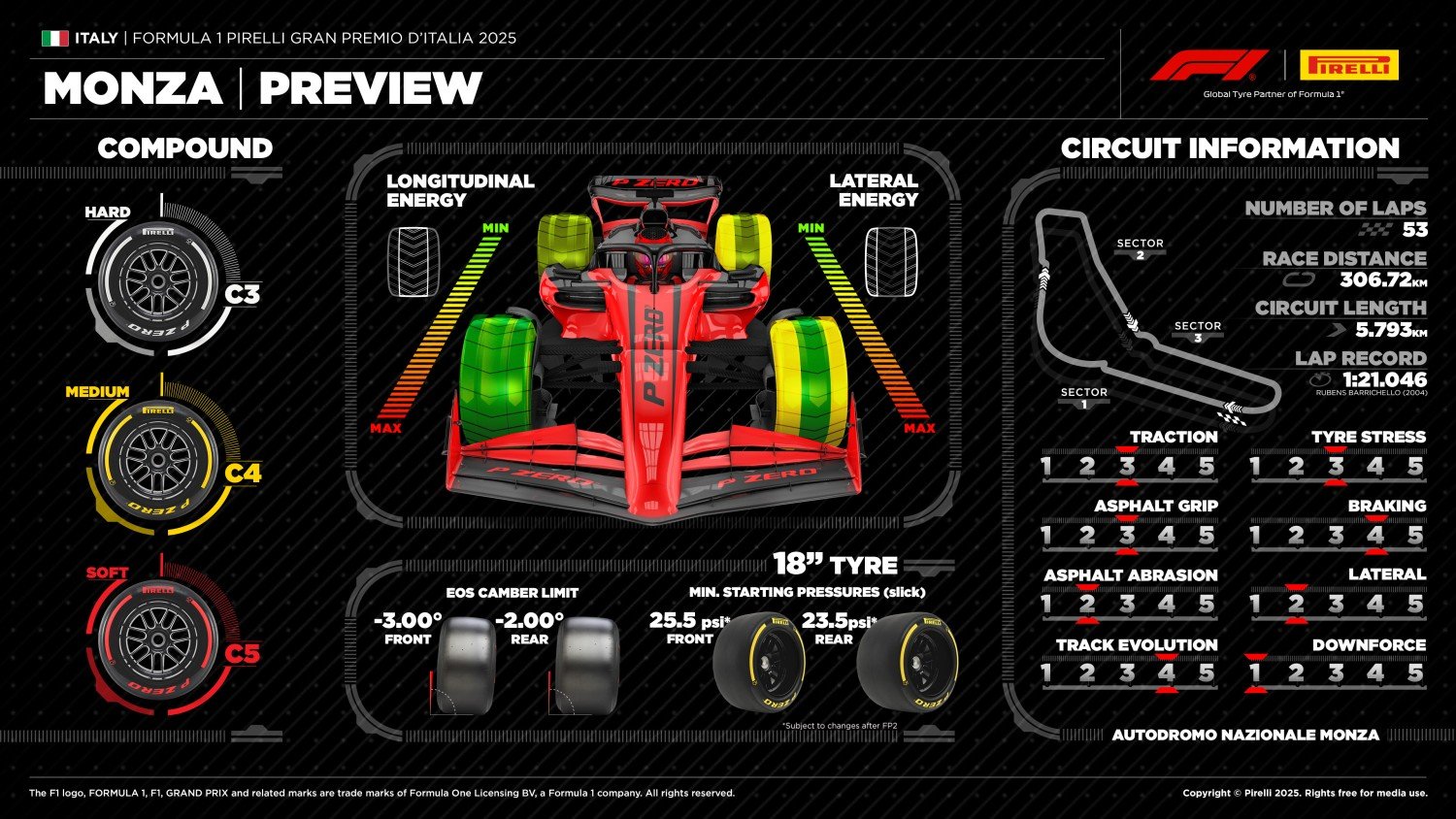
In 2024
14 drivers opted to start on the Medium, the rest taking a more conservative approach with the Hard. Lance Stroll pitted three times and the remaining 18 finishers were split almost equally between one and two stoppers. The three drivers on the podium all started on the C4. The winner, Charles Leclerc, switched to the C3 on lap 15 and then went all the way to the checkered flag. The McLaren duo of Oscar Piastri and Lando Norris, second and third respectively, stopped a second time to take on another set of Hards. The aforementioned Stroll was meant to be on a two-stop strategy, only making a final stop for Softs in an attempt to secure the point on offer for setting the fastest race lap.
Graining was the key factor when deciding on strategy, as it was quite significant in the early stints, before dropping off in the later ones. This meant drivers who had gone for a single stop were able to extend tire usage without paying too high a price in terms of performance.
Keyword: braking
The braking required for the first chicane at Monza is one of the most severe on the Formula 1 calendar. According to data from Brembo, the cars arrive at the braking point at around 337 km/h and are subjected to an instant deceleration of around 5g, as the cars slow to 89 km/h. By pressing hard on the pedal, the driver operates the calipers that grip on the carbon discs. The kinetic energy this generates is rapidly turned into heat which is also transmitted to the tires. The front axle is the one that comes under the most stress during braking as it deals with the major deceleration. The area where the tire meets the track, known as the “contact patch” is reduced in size by the camber angle of the wheels, therefore compression occurs that can cause a temporary flattening of the tire’s profile. This increases wear and can make it more prone to locking up.
Locking up occurs when the tire stops turning and scrapes along the track. The creates a “flat spot” on the tread so that the tire is no longer round. This leads to a loss of grip that causes the car to run wide through the corners. The driver turns the wheel into the corner, but the car continues to travel straight on, a phenomenon known as understeer, The occurrence of understeer increases considerably when the wheels lock up as the tires slide across the surface and no longer generate sufficient lateral forces to turn efficiently.
